1. Detox Teas
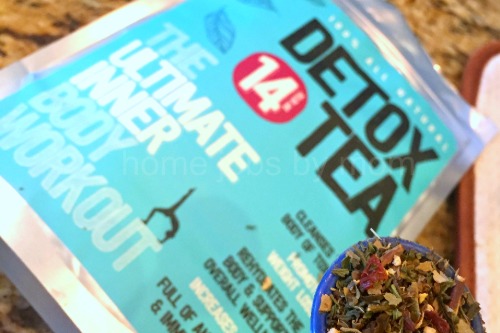
Detox teas claim to flush toxins from your body, but your liver and kidneys already do that for free. Most of these teas are just laxatives that make you lose water weight temporarily, not actual fat, according to Sarah Lienard from BBC Good Food. Some even contain ingredients like senna, which can cause dehydration and stomach cramps if used too often. Yet, thanks to influencers and flashy packaging, people keep buying them in hopes of a quick fix.
The appeal comes from the idea that we can “cleanse” our bodies with a simple tea bag, but science says otherwise. Your body is constantly detoxing itself, no expensive tea required. Any weight loss from these products is usually water weight that returns within days. Still, the market for detox teas is booming, fueled by celebrity endorsements and misleading testimonials.
2. Bug Zapper Lights

Those blue bug zapper lights make a satisfying zap, but they don’t actually target the mosquitoes biting you, according to Michael J. Coren from The Washington Post. Studies show they mostly kill harmless insects like moths and beetles, while mosquitoes remain unaffected. Mosquitoes are more attracted to carbon dioxide from your breath than they are to bright lights. Despite this, homeowners keep installing them on porches, thinking they’re winning the war against bugs.
The irony is that bug zappers might actually make things worse by killing off mosquito predators. Meanwhile, the real solution—removing standing water and using mosquito traps—requires more effort. People want an easy fix, so they keep buying these zappers, hoping for a mosquito-free summer. Unfortunately, all they really get is a front-row seat to an insect massacre that doesn’t solve their problem.
3. Anti-Wrinkle Face Patches
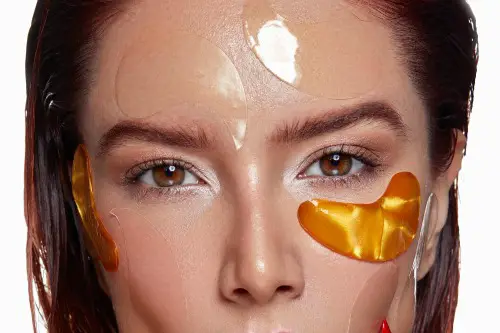
These silicone patches claim to smooth wrinkles overnight, but the effect is temporary at best, according to Christa Joanna Lee from Allure. They work by pressing the skin into a flat position, which can make wrinkles appear less visible for a few hours. However, once you remove the patch, your skin goes right back to its natural state. Despite this, people keep using them, convinced they’ve found the fountain of youth.
The idea that a piece of plastic can erase wrinkles is wishful thinking, but the placebo effect is strong. Some users mistake temporary hydration for long-term results, fueling repeat purchases. In reality, the only proven ways to reduce wrinkles involve sunscreen, retinol, and professional treatments. Still, anti-wrinkle patches remain popular, likely because they offer an easy, non-invasive option that feels like it’s working.
4. Waist Trainers
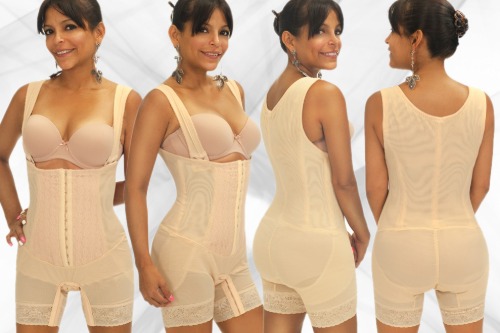
Waist trainers promise an hourglass figure by “training” your waist into a smaller shape. In reality, all they do is squeeze your midsection, temporarily redistributing fat and organs. The moment you take it off, your body goes right back to its natural shape, Amelia Nierenberg from The New York Times explains. Yet, thanks to social media trends, people keep buying them, believing they’ll magically sculpt their bodies.
Beyond being ineffective, waist trainers can actually be harmful. They restrict breathing, weaken core muscles, and can even cause digestive issues if worn too tightly. Exercise and diet are the only real ways to change your body shape, but those take time and effort. Since waist trainers provide an instant illusion of results, many people continue to fall for the marketing.
5. Copper-Infused Compression Socks and Gloves
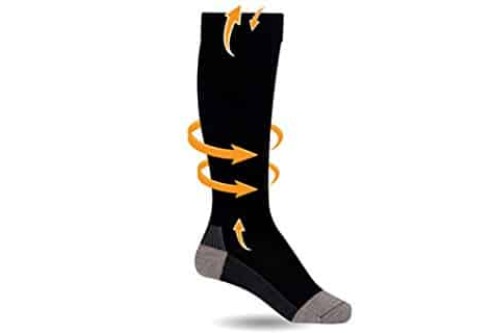
These products claim that copper threads can relieve pain, improve circulation, and even reduce arthritis symptoms. The problem is, copper-infused fabric has no scientific backing for these health claims. While compression alone can provide some benefits for circulation, the added copper doesn’t do anything special, according to the Cleveland Clinic’s article in Parade. Still, people buy into the hype, thinking they’ve found a miracle cure for joint pain.
The popularity of these products comes from misleading marketing that suggests copper has magical healing properties. Athletes and older adults are particularly targeted by these claims, even though experts dismiss them as gimmicks. The real benefit comes from the compression aspect, not the copper itself. But since copper sounds like something high-tech and medicinal, people keep spending money on these overpriced socks and gloves.
6. Energy Bracelets

Energy bracelets claim to improve balance, strength, and overall wellness by using holograms or magnets. The truth is, there is zero scientific evidence that they do anything beyond looking like an overpriced accessory. Any “effects” people feel are purely placebo, meaning it’s all in their heads. Despite being debunked repeatedly, these bracelets still sell like crazy.
People are drawn to the idea of wearable technology that enhances performance without any effort. Athletes and celebrities have helped fuel the hype, making them seem more legitimate. In reality, no piece of jewelry can change your body’s energy or improve your athletic ability. But because people love the idea of an easy performance boost, they keep spending money on these useless bands.
7. Hair-Growth Shampoos
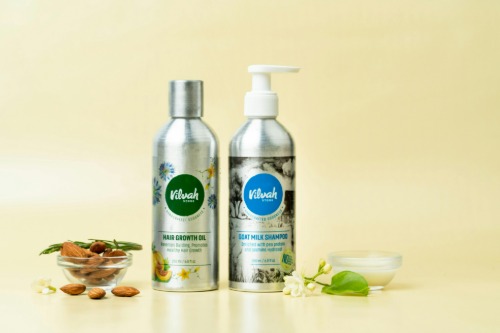
Many shampoos claim to stop hair loss and regrow hair, but most of them are just fancy versions of regular shampoo. The only FDA-approved ingredients proven to help with hair regrowth are minoxidil and finasteride, and those aren’t typically found in over-the-counter shampoos. Most “hair-growth” shampoos just make hair appear thicker temporarily by coating the strands. Still, hopeful buyers keep using them, waiting for results that never come.
The reason these shampoos keep selling is that hair loss is a stressful experience, and people want to believe there’s a simple fix. Brands use scientific-sounding language and before-and-after photos to create an illusion of effectiveness. While some shampoos can improve scalp health, they won’t reverse genetic hair loss. But since the alternative involves expensive treatments, people keep reaching for these “miracle” shampoos instead.
8. Homeopathic Remedies

Homeopathic medicines claim to treat a wide range of conditions using ultra-diluted ingredients, often to the point where no active substance remains. The scientific consensus is that homeopathy is no better than a placebo, meaning any improvement people feel is psychological. Despite this, homeopathic products continue to line store shelves, promising natural relief for everything from colds to anxiety. Many people swear by them, even though they have no real medicinal properties.
The persistence of homeopathy comes down to clever marketing and people’s desire for “natural” alternatives to pharmaceuticals. Since homeopathic remedies often contain no active ingredients, they at least won’t cause harm, which makes them seem safe. The placebo effect is strong enough that some users genuinely feel better after taking them. But if these remedies worked as well as they claim, they would be actual medicine, not just expensive sugar pills.
9. Electric Ab Stimulators

Ab stimulators promise to give you six-pack abs by sending electrical pulses to your muscles. While they do make muscles contract, they don’t burn fat or significantly strengthen your core. Without proper diet and exercise, you won’t see any visible changes. But since they look high-tech and effortless, people keep buying them in hopes of shortcutting their way to a toned stomach.
The fitness industry thrives on selling easy solutions to hard problems, and ab stimulators are a perfect example. They create a tingling sensation that makes users feel like something is happening. In reality, they don’t replace real workouts or build muscle in any meaningful way. Still, many people hold onto the dream that technology can do the work for them.
10. Eyelash Growth Serums (That Don’t Contain Active Ingredients)
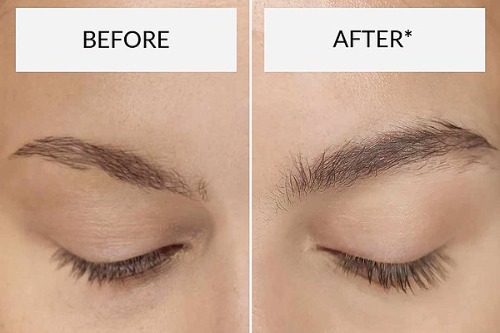
There are FDA-approved lash serums like Latisse that actually work, but most over-the-counter versions are just overpriced conditioning serums. They might make your lashes look shinier or feel softer, but they won’t make them grow longer or thicker. Many brands use vague claims like “enhances the appearance of lashes,” which don’t actually mean they cause growth. Still, people keep buying them, hoping for dramatic results.
The reason these serums sell so well is that real lash growth takes time, and people want a quick fix. Since mascara and false lashes only provide temporary results, a magical serum seems like a better solution. Some formulas contain peptides or botanical extracts that sound scientific but don’t have proven effects on lash growth. Despite this, the beauty industry keeps pushing these serums, knowing that people will always chase longer lashes.
11. Cellulite Creams
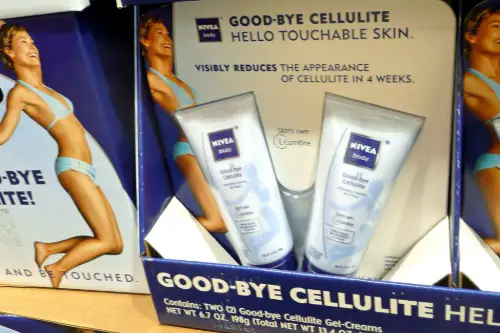
Cellulite creams promise to smooth out dimpled skin, but they don’t actually get rid of cellulite. Most just contain caffeine or other ingredients that temporarily tighten the skin, making cellulite look less noticeable for a few hours. Once the effect wears off, everything goes back to normal. Even though no topical cream can change the structure of fat cells, people continue buying them in hopes of smoother thighs.
The beauty industry profits off insecurities, and cellulite is a billion-dollar business. While exercise and a healthy lifestyle can help with overall skin tone, cellulite is largely genetic. No cream can permanently “melt” fat or tighten skin at a deep level, no matter what the label says. But since so many people believe they shouldn’t have cellulite, they keep reaching for miracle creams that don’t deliver.
12. Sonic Mosquito Repellers
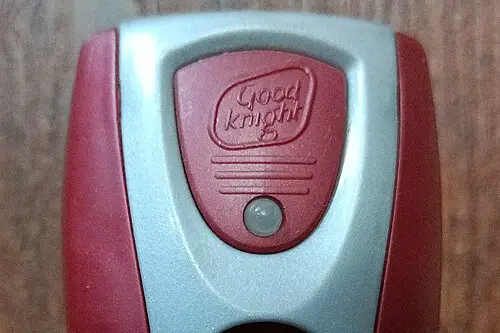
Sonic mosquito repellers claim to drive mosquitoes away using high-frequency sound waves. The problem is, studies have shown that mosquitoes aren’t actually bothered by these sounds. In fact, many people who use them still get bitten just as much, if not more, than those who don’t. Even so, these gadgets continue to sell because they seem like an easy, chemical-free solution.
The idea of repelling mosquitoes with sound is appealing because it doesn’t require sprays, candles, or effort. People are drawn to tech-based solutions, even when there’s no real science to back them up. The irony is that while users feel protected, they may actually be increasing their risk by avoiding real repellents like DEET or picaridin. But because people love the idea of a no-fuss fix, they keep spending money on these useless devices.


